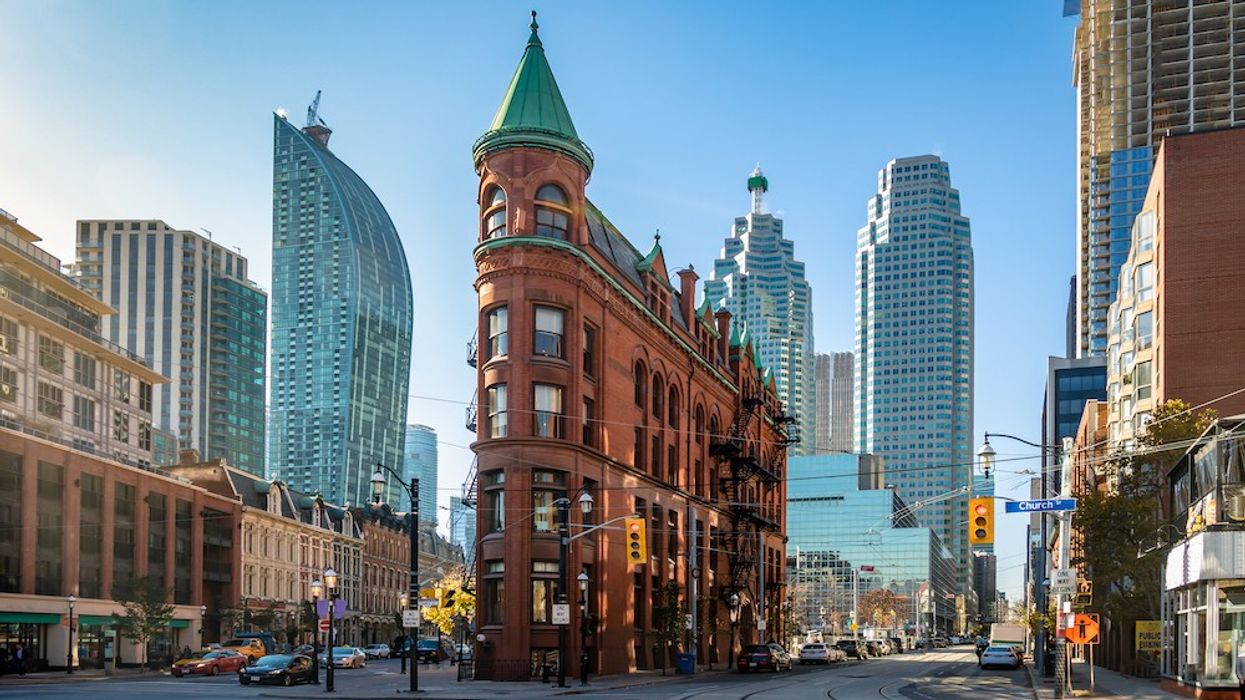I travelled again this summer after a long Covid break, and I was reminded of the things we do really well here. Toronto constantly faces a barrage of criticism, often out of love and passion for the city. Though sometimes overlooked, Toronto does many things very well. Here are seven things Toronto can teach the world.
1 - Dealing with Growth
Toronto is a remarkable city that attracts newcomers and talent. As a city that has seen substantial growth, Toronto has demonstrated impressive flexibility and innovation. In the past two decades in particular, Toronto has only improved itself more despite the challenges accompanying such tremendous growth and attracted even more newcomers and talent than ever before.
Toronto has become a city with amazing open spaces, vibrant streets, and incredible people that are at the core of it all. Merely, Toronto needs to ensure it has enough housing for everyone, but this is a loaded discussion for another time.
2 – Urban Design Guidelines
Toronto’s Urban Design Guidelines are often a point of contention. However, in many cities that don’t have design guidelines, good urban design is often the first to pay the price. As a result, development in these cities might opt for the post-colonial tower in the park, otherwise known as a tower in a parking lot, instead of having continuous street walls along the sidewalk that would define the street and provide a comfortable scale for pedestrians.
While not all design guidelines are great -- like angular planes -- there are many good points and principles in the mid-rise building design guidelines that are good. For example, wider sidewalks that effectively separate pedestrians and the roadway, continuous street walls that create a comfortable scale, and retail at grade that animate the street.
READ: Lessons From Scandinavia: Exploring the Potential of Toronto’s Waterfront
Growing Up is another excellent design document created by the city. The guidelines plan for children growing up in new vertical communities and ensure that condos -- which, unfortunately, are very much needed in the current market -- work better for families.
In summary, not everything about design guidelines is great, but it is likely better to have them than not. The difference is very apparent when design guideline principles are absent.
3 — Parks, Playgrounds, Landscapes
Toronto does well when it comes to parks, playgrounds, and landscaping. From large connected park and trail systems to small urban parks, much attention has gone into landscaping, street furniture, material usage, trees and vegetation, and design. If you have not yet, taking a trip to Grange Park or the newly improved St. Andrew’s Playground by Waterworks is highly recommended.
4 — Building Design
People often think of signature buildings like the Casa Loma or OCAD building when they think of building design. While they are great works of architecture, they do not matter when most of Toronto comprises residential buildings. The building design of these residential buildings is what should be of concern, not singular buildings as though they represent Toronto’s complete identity.
There is a lot to speak about for some of Toronto’s residential buildings, like the design of condos. That said, credit is due to many architects in Toronto for doing a great job. There are many impressive buildings in Toronto. Not just because of their shape. But because of the ground floor, materials used, balconies, and other design aspects. All of these things count.
5 — Community Engagement (ok, hear me out here for a moment)
Community engagement is a sensitive topic. There is often a gap between how much power communities have and their knowledge of policy and design guidelines. This gap often results in unproductive community engagement.
READ: Can Toronto’s Heritage Study Stand Up to NIMBY Attitudes?
Residents might focus on the wrong things about developments, making discussions unfruitful. For example, in a recent council meeting for a new hotel development in King Street West, residents opposed the height and use, which were as-of-right.
Despite the rocks and bumps, Toronto is a leading city for listening to its communities. The city makes every effort to ensure that different voices reach the table. Community engagement is not only part of Toronto’s culture but is set within the planning system.
6 — Learning & Improving
Toronto is continually working to improve in city building through new initiatives, policy revision, and rethinking old policies.
Take CaféTO or Destination Danforth, for example. Suddenly, Toronto has become this new charming city. Rather than having people dine in back patios, and guess whether there is or isn’t a back patio, restaurants, coffee shops, and bars celebrate Toronto’s streets. The transformation is remarkable.
Toronto is also revisiting some of its older guidelines. In reference to point three, the city is now taking a closer look at angular planes. Starting with the Danforth Study in 2022, Toronto is now looking at applying other guidelines instead of the angular plane. This change is an exciting one to see.
7 — Boldness to test new things
Sometimes the solution isn’t too hard to find but is too different for people to be willing to try. Toronto is a city of innovation with the boldness to try different things. New solutions are always appearing in various pilot projects.
The King Street Transit Priority Corridor is a prime example of this. Starting as a pilot project, the King Street Pilot transformed Toronto’s busiest and heavily congested street into a vibrant transit priority corridor that greatly increased transit ridership. The transit corridor is now the second most popular east-west cycling route in Downtown Toronto, and in comparison to other transportation projects, cost the City a tiny fraction because all the bones were already there, and it was a matter of shifting priority around.
Toronto is often criticized. However, these are seven things that Toronto does very well and can teach the world.





















